Augmented reality is widely used and more accessible extended reality technologies available in the market. You don’t need to buy expensive devices to experience AR technology. You can access AR applications over your smartphone as well.
For example, AR-based apps such as snap chat, pokemon go, IKEA Furniture are improving user buying, education, and gaming experience. In this article, we will discuss What is Augmented Reality? AR types, applications, and how does AR works?
What is Augmented Reality?
Augmented Reality bridges the gap between the real and virtual world by bringing the elements of the virtual world into the real world.
In AR computer-generated images are superimposed on the real world. Therefore it enhances user experience by enhancing the way we see, listen and feel the virtual world.
How AR is different from Virtual Reality?
Augmented reality is different from virtual reality because it superimposes digital information on top of the real environment. As a result, both real and virtual worlds co-exist.
Whereas Virtual reality isolates a user from the real environment and brings them to simulated environments. This is achieved by wearing fully immersive VR devices. Click this link for more details on the difference between AR vs VR extended reality technologies.
How does AR Works?
Different types of AR technologies work in different ways. But each AR technology utilizes Computer Vision, simultaneous localization, mapping, machine learning, and artificial intelligence technologies to superimpose the virtual world onto the real world.
In this, the camera is used to create the outside environment and computer vision along with machine learning is used to understand the outside environment and detect targets. After this, digital information such as a label, image, video, or 3D geometry is placed on top of the real world.
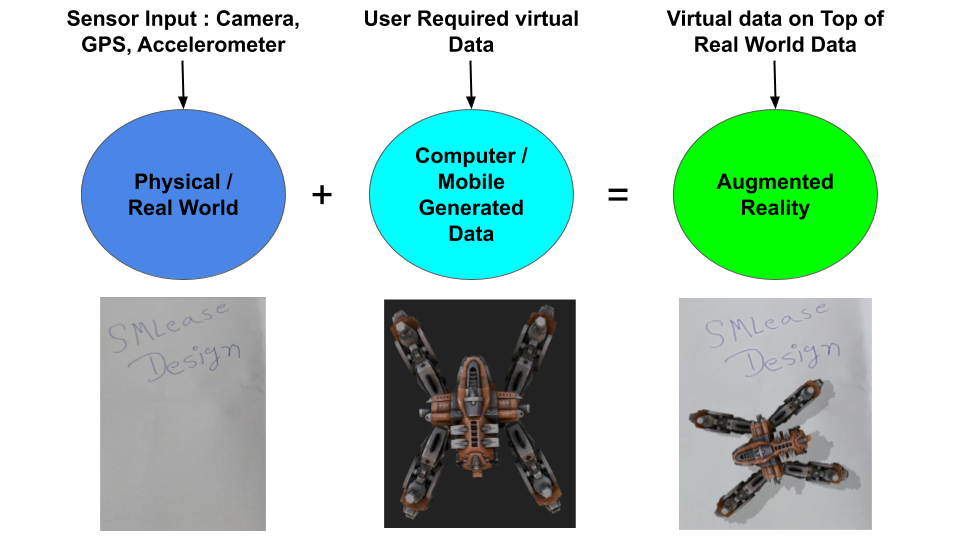
The above image shows an example of superimposed AR. In this Augmented reality example, the android app overlays digital images on top of the real world.
To achieve this, a camera first captures the image of the real world (In this case a white paper). After that, digital information is superimposed onto the real world.
Types of Augmented Reality
According to how users interact with AR and how digital information is superimposed on the real world. Following four types of augmented reality technologies are available.
- Marker Based AR
- Superimposed AR
- Location-based AR
- Projection-based AR
1. Marker Based Augmented Reality
In Marker-based AR, to connect the digital world with the real world visual markers are added in the real world. Visual markers can be an image or QR code. Popcode and Google Lens are examples of marker-based augmented reality apps.
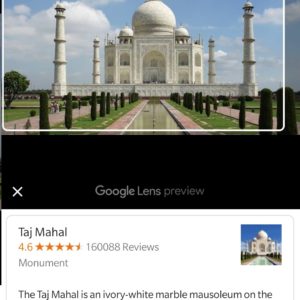
Application Examples of Marker Based AR
Here are the application examples of marker-based AR.
- Service engineers can get product installation and maintenance guidelines by scanning products on mobile AR apps.
- Google lens is used for image-based searches. For example, users can search Landmark or product information on google lens.
- A user can get digital information in a book by pointing a mobile camera to a visual marker. AR apps recognize visual markers and animation starts immediately.
2. Superimposition based AR
In Marker-Less or Superimposition AR, digital information such as images or virtual objects are superimposed on the physical world. Users can move virtual objects in the real world.
Following are the examples of Markerless Augmented Reality apps.
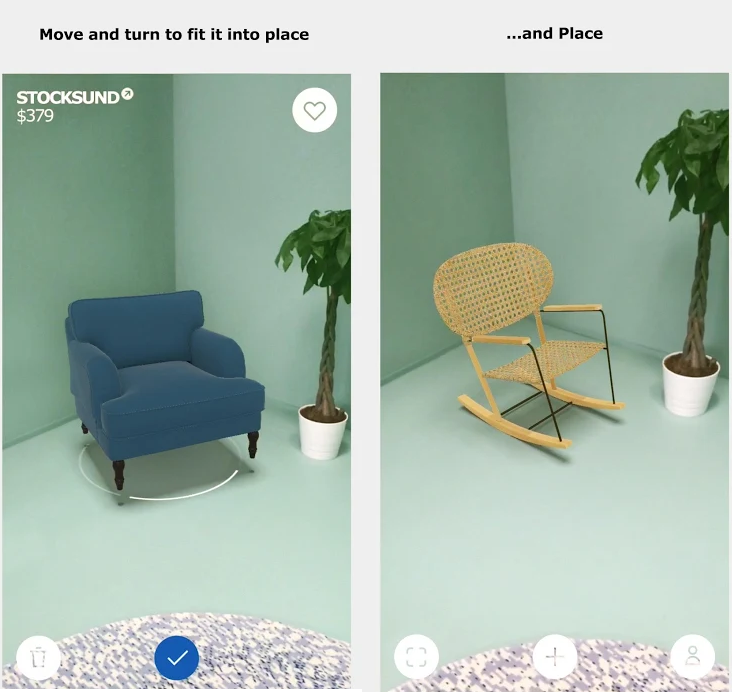
Application Examples of Superimposition AR
IKEA AR-based mobile application is used to visualize virtual furniture inside your house. This improves the user shopping experience.
Snap chat lenses, filters, and effects are also an example of marker-less AR.
3. Location-Based Augmented Reality
Location-based AR utilizes GPS, digital compass, and accelerometer to provide data based on user location.
Here are examples of Location-based augmented reality apps.
- Google Map
- AR Pokemon
- AR City
- Blippar Urban Visual Positioning etc.
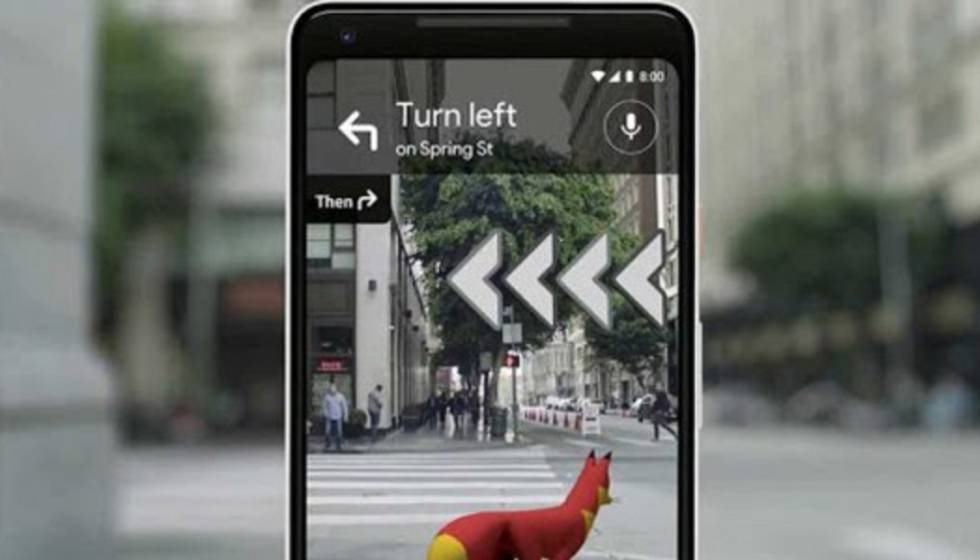
Application Examples of Location-Based AR
Following are the application examples of Location based AR.
- Used for mapping, direction finding, nearby businesses tourist/ local guide, shopping centers, and other location-centric mobile apps.
- Recently google integrated an AR feature in google maps. AR mode works during walking navigation. You can mark up building streets and get more details about them.
4. Projection Based Augmented Reality
Projection based AR works by projecting the light on real surfaces and then sensing the human interaction such as touch by differentiating between expected and altered projection.
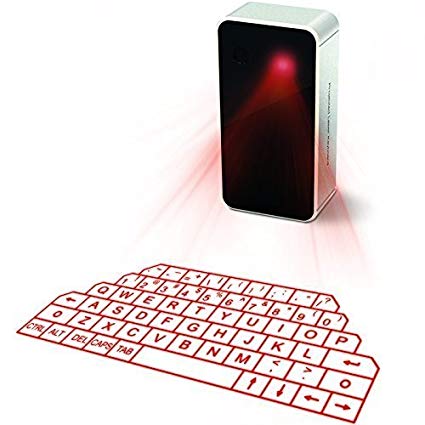
Application Examples of Projection AR
Projection-Based AR is used to simplify the complex manual tasks during product manufacturing and assembly.
It can replace paper-based work instructions by creating a digital operating canvas on any workspace. An interactive hologram is one of the examples of projection-based AR.
Augmented Reality Devices
Augmented reality devices can be classified into the following categories.
- Heads-Up or HUD Display
- Smart Glass
- Holographic Display
- Smartphones
1. Heads Up Display
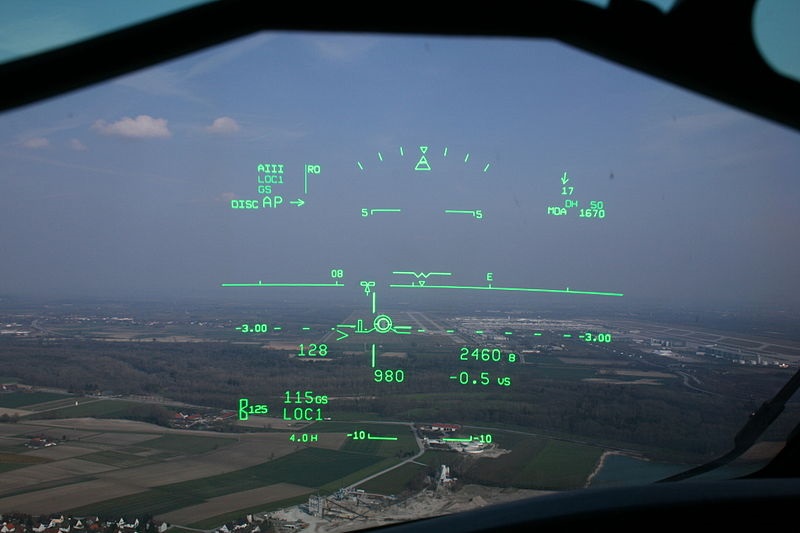
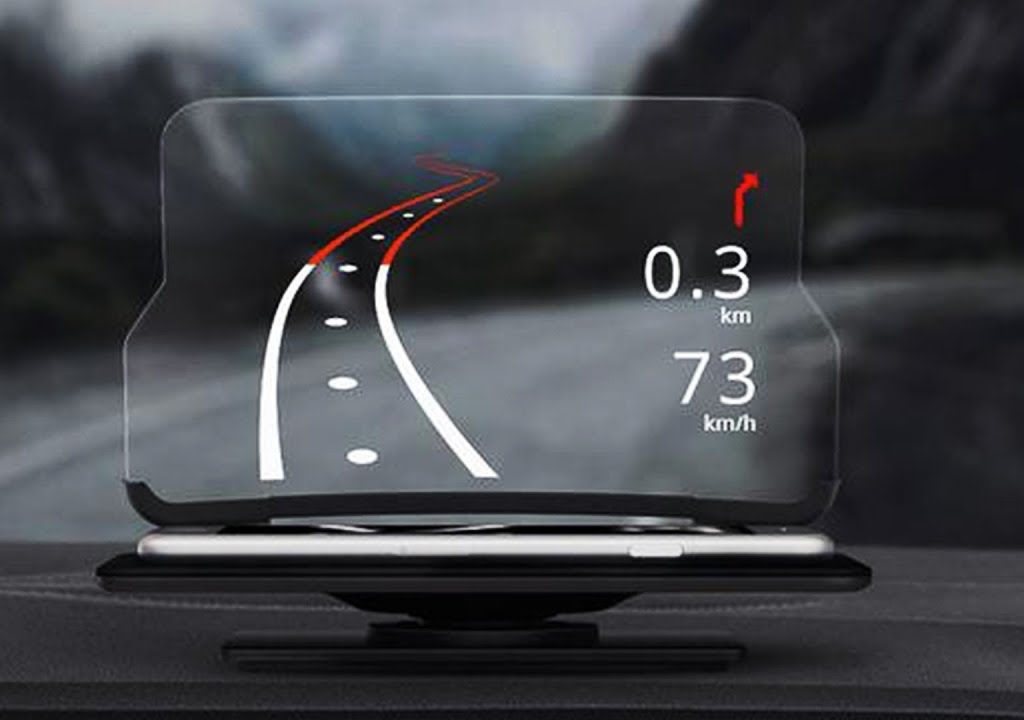
Heads up display is a type of AR device that is used to show complex information in a relatively smaller area. In this user can see the displayed information and interact with the real environment.
For example in a fighter plane, complete flight data is displayed in front of the pilot and at the same time, he interacts with plane consoles.
2. Smart Glasses
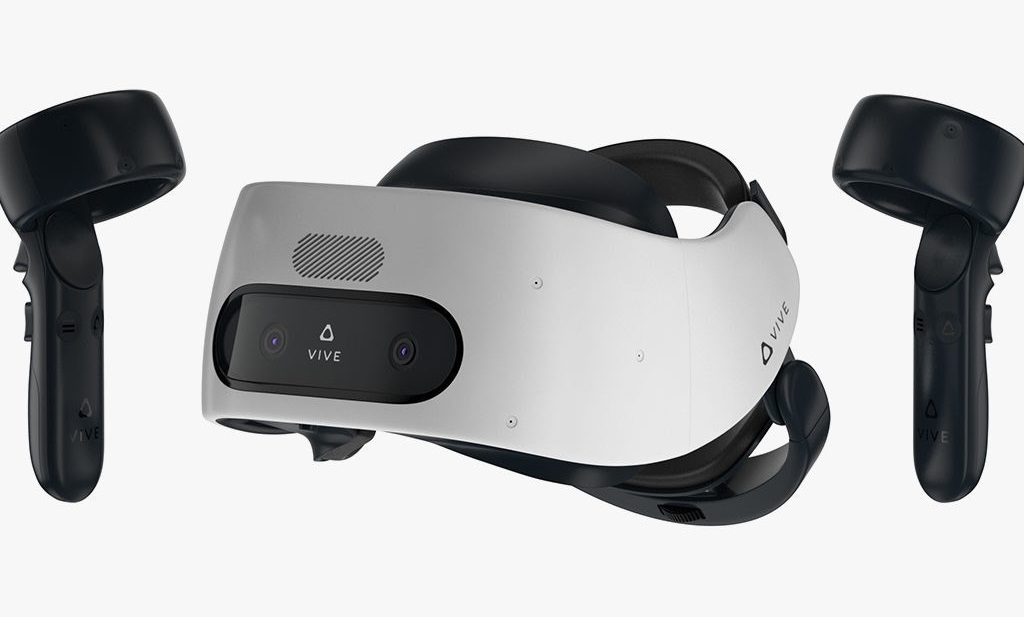
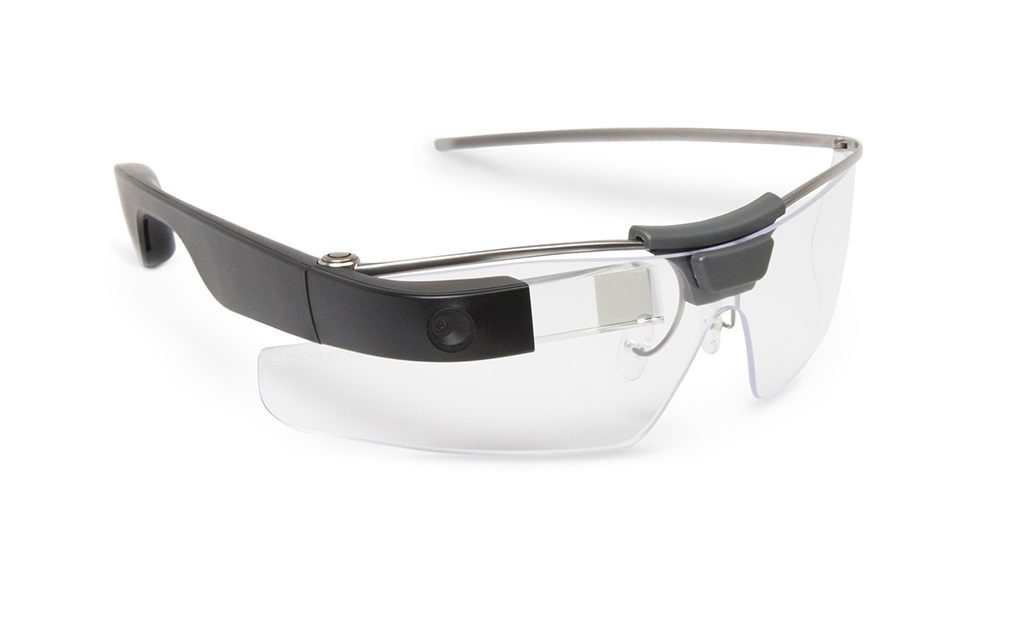
Augmented reality smart glasses are used to provide information to the user on top of the real world. These AR glasses are classified into two categories.
- Optical See-Through Smart Glass: These AR devices consist of clear glass and information is projected on that clear glass. e.g. Google Glass
- Smart Glasses with Camera: These AR devices utilize a camera to get information on the real world. Afterward, real-world information merged with virtual information and displayed on the screen. eg. HTC Vive Headset with the camera.
3. Holographic Display
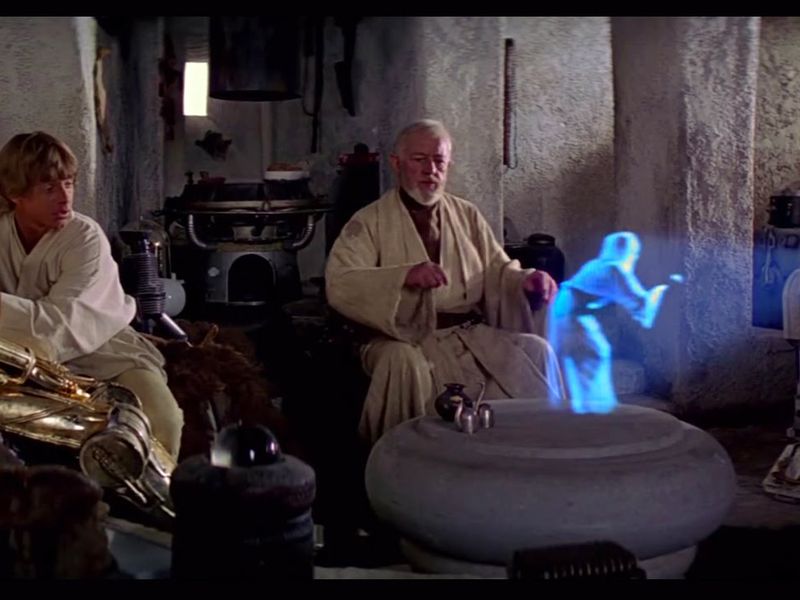
Holographic displays do not require users to wear any device. Required information is displayed in 3D space. Holographic display is a projection based augmented reality.
4. Smartphone (Handheld AR)
Smartphones and Tablets are the cheapest and readily available AR devices. AR apps such as AR Pokemon, AR City, Blippar Urban Visual Positioning, google Map, Popcode, and Google Lens can be installed on smartphones.
Real Life applications of Augmented Reality
AR is not only limited to the entertainment industry. Following are some applications of AR in various industries.
1. Augmented Reality in Healthcare
AR applications are used to train medical professionals. In this way, they learn to handle critical patients and situations. Therefore surgeons can train themselves in virtual environments.
2. Entertainment and Gaming Industry
AR-based gaming apps such as Pokemon Go and Snapchat improve the user experience when it combines virtual world with the real world.
3. Education Industry
AR apps are helping students in learning difficult concepts. By sitting in the classroom students can visit historical places.
4. Retail Industry
Retail industries such as IKEA are utilizing AR to improve user experience. For example, before buying a customer can experience products in their room or office.
5. Real-Estate Sector
Real-estate sector companies are using augmented reality technology to showcase a property to their customers before actually building them.
6. In Military
Air-force Fighter pilots get all required information such as altitude, speed data on heads-up display.
Best Way to Learn Augmented Reality
Building AR-based apps is not a tricky task. Lots of Augmented reality SDK are available to develop Android, iOS or Windows Augmented reality applications.
Augmented Reality SDK
Augmented reality SDK is an engine that powers the development and creation of new AR apps and experiences. These SDK are used to overlay digital content on top of the real world. All of these SDK can have different capabilities and features. Following is the list of popular SDKs.
- AR Core
- ARKit
- ZapWorks
- Vuforia
- EasyAR
- DeepAR
- Lumin
- Mixed Reality Toolkit
Along with the above SDK you need to learn any of the following development platforms.
- Unity
- Android
- UWP
- iOS
To develop AR apps, the selection of the right SDK is very important. Because each of the above sdks comes with different features. For example, Vuforia is best suited for industrial application and require a license. Whereas ARKit is available free of cost.
To sum up, AR brings the elements of the virtual world into the real world. It enhances the user experience by the way we see, listen, and feel. AR has applications from education, design manufacturing to the entertainment industry. We suggest you also read this article on the difference between extended reality technologies AR vs VR vs MR.
We will keep adding more information on What is Augmented Reality and How does AR works? Please add your suggestions, comments, or questions in the comment box.

Add a Comment